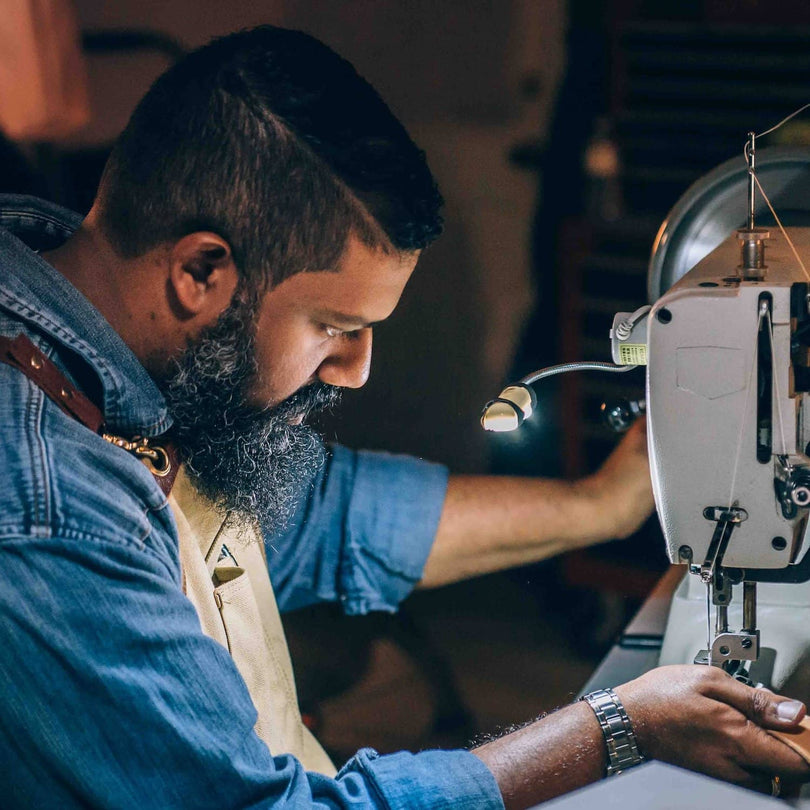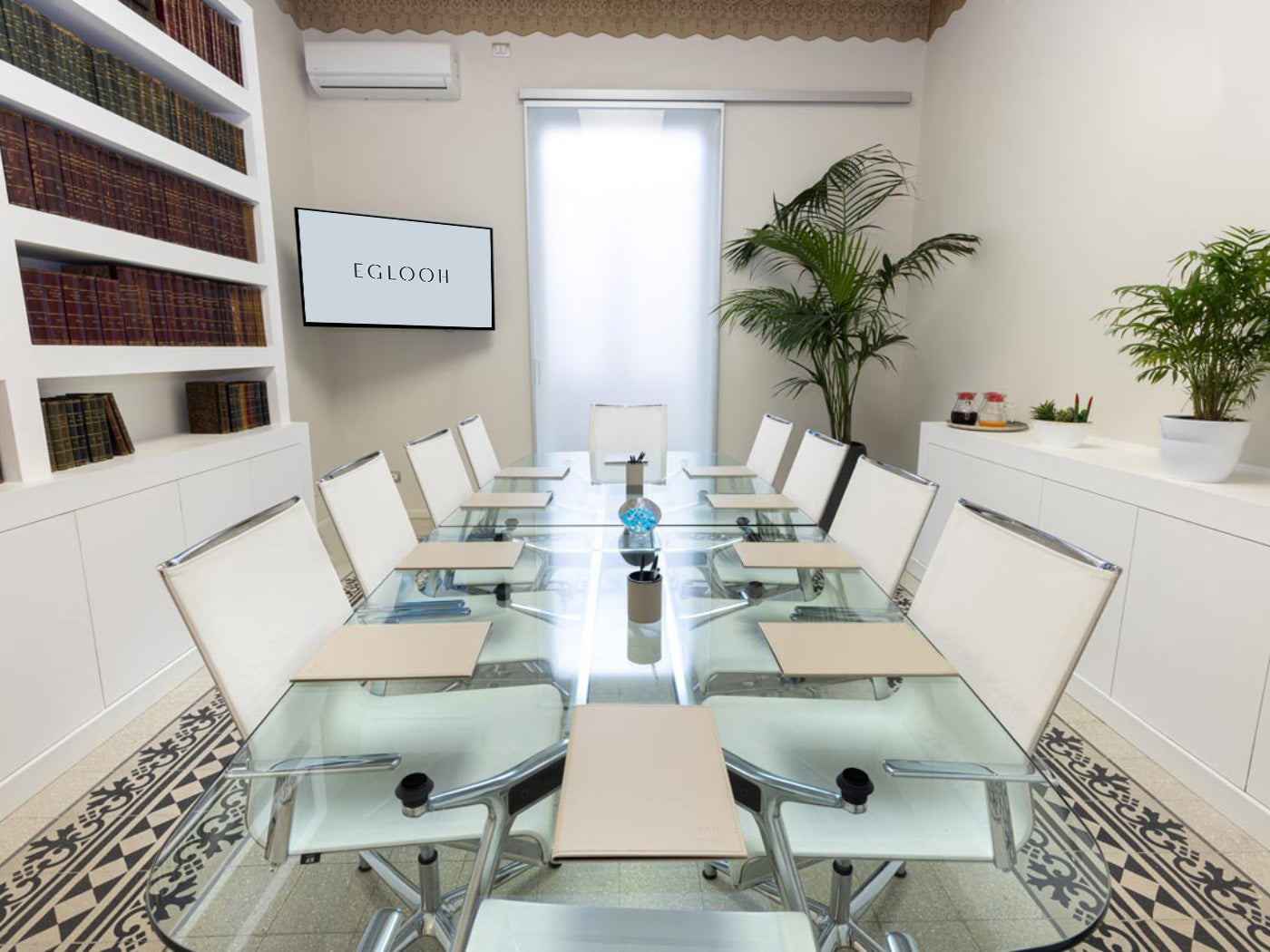Whether you already have a desk pad or you are thinking of buying one, you would like to know on what depend the price differences between the various items on the market. Essentially two factors determine the value of your desk pad: raw materials and labour.
If the manufacturing is handmade, as in the case of the Eglooh desk pads, the value rises and consequently the cost.
Regarding the desk pad materials, you have to consider that generally a desk pad is composed of several layers of different materials. For example, our two models Calliope and Hermes have two different internal cores. In the first case there is a curved steel sheet, in the second one a material similar to cardboard.
That said, it is important to learn to distinguish the different materials that are used for the desk pads. We can divide them into two macro categories: plastic materials and materials of animal origin. Knowing the materials is useful to understand what we are buying and avoid falling into some traps caused by the improper use of some terms.
An example are the offers that can be found in various online sites, where the term PU is put near the words Ultra-Smooth Leather.
What is it? We will clarify this shortly, but first, here is a roundup of useful information.
What is a desk pad made of? Plastic Materials
All materials deriving from petroleum processing are included in this category. Low cost and high rubbing resistance are their strengths.
But we must be careful. In some of these composite (PVC, PU), chemical additives (ftalati) are used to make the plastic flexible and soft. Recent researches have accused some phthalates of being carcinogenic, but the international regulations on the use of these additives are different from country to country. China and India, for example, do not pay particular attention to this issue.
It is duty of the importer to verify and guarantee the absence of these substances.
If you have chosen an Eglooh desk pad you can feel relaxed, because we do not import and do not use materials made in China for the realization of our articles.
The plastic composites commonly used for the production of desk pads are the following:
-
PPL (Polypropylene)

The desk pads made with this material are generally rigid.
-
PVC (Polyvinyl Chloride)

The desk pads made of this material are semi-rigid plastic sheets.
-
PVC Expanded

-
PU (Polyurethane)

The products obtained from the processing of the last two materials are commonly and wrongly called "Faux-leather". Many online sellers make an improper use of the word "Faux leather", "PU leather" or "Ultra Smooth Leather" to mislead the customer who ignores that it is a polyurethane / plastic based material. Falling into the trap of the PU means spending eight hours or even more a day in contact with a product that is not always healthy.
In summary, therefore, a desk pad made of PVC Expanded or Polyurethane is not an faux-leather desk pad. The correct denomination sholud be 'desk pad made of coated fabric', because at the base there is a fabric, or rather, a gauze on which the plastic composite is mechanically coated.
The Animal Origin Materials of a Desk Pad
n this category you can enclose all those materials that are obtained from the processing of the animal remains (real leather, leather and faux-leather) or from the recovery of the waste of this first process (regenerated leather).
-
Real Leather

It is the material obtained from the manufacturing of animal skin, which becomes imputrescible through a process called "tanning".
-
Faux-Leather
By definition (Law 1112/66) the faux-leather is: a type of leather with reduced environmental impact obtained from the manufacturing of animal remains that meets the requirements of the UNI 11427: 2011 Leather - Criteria for the definition of performance characteristics of leathers with reduced environmental impact.
With this noun we identify a product obtained with low environmental impact processes, a concept far from plastic materials. The synonyms of faux-leather are: ecological leather, eco-leather, leather with reduced environmental impact.
-
Leather
Leather, like real leather, is the material obtained from the manufacturing of animal skin. Different tanning methods are used and the final outcome is a more rigid material. -
Regenerated Leather

The regenerated leather is the material obtained from the recovery of waste deriving from the processing of leather and real leather. These are combined with other cellulosic materials and pressed to make sheets or reels.
As you my have noticed, on Eglooh you have a wide choice of desk pad made of real leather and regenerated leather. If you are looking for a "safe" and design product, visit our e-store!






